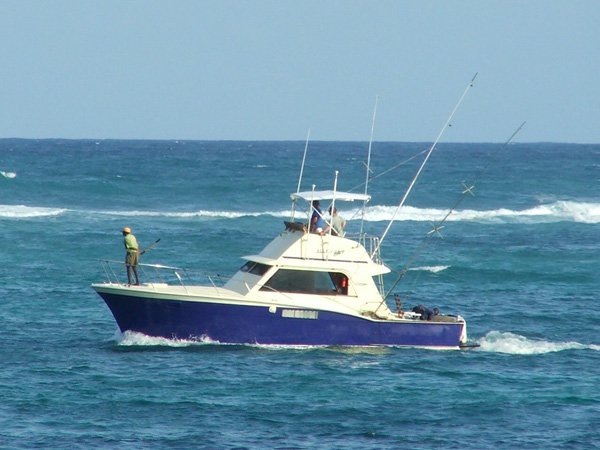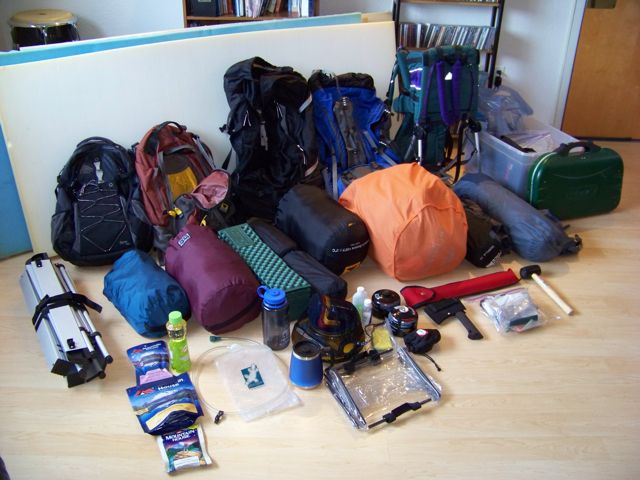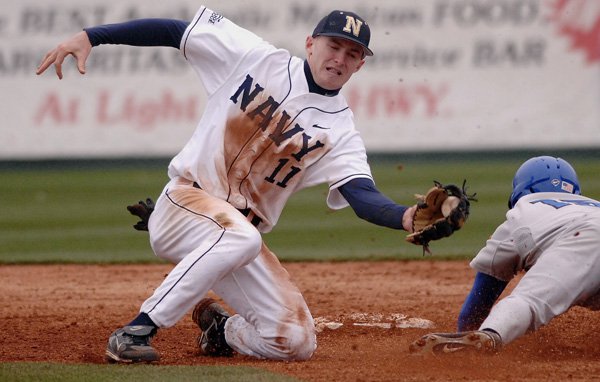Storm Dimension versus Brunswick C-System 3.5
Question
QUESTION: I own a Storm Dimension and a Brunswick C-System 3.5. They are both drilled with pin above fingers. The C-System 3.5 however has more pin distance to the fingerholes (1,14"H x 0,6"V)than the Dimension (I can deliver pictures if necessary. The Dimension is cracked for 3/4, probably by baking it too much). I'm a low rev medium speed stroker with a medium oil track and a last month average of 190 using the Dimension. After drilling I noticed that the C-System 3.5 hooks less and was much less forgiving than the Dimension. After sanding the coverstock of the C-System 3.5 to 1200 grid (same as dimension) the hook improved (still 2 boards weaker), but the room for error is still much less than with the Dimension. Another member of my team who throws without using the thumbhole (obvious applying much more revs) showed me the hook potential of the System 3.5 by passing pin 1 in front of it with a score of 0 using his normal comfort line.
I'm thinking of redrilling the ball to Maximum Hook and Arc proposed by Brunswick with the pin under the fingers (PAP-PIN distance 4") or the Storm advance Layout #3 with pin next to fingers (PAP-PIN distance 3-3/8").
My questions are:
1. Which layout do you advice.
2. How can I increase the room for error if possible.
ANSWER: Ruud,
First, any layout must be created off your specific Positive Axis Point (PAP). And, created for your speed, rev rate, tilt and rotation.
So, positioning the pin, the mass bias and any plan for a weight hole (or no hole) without knowing how you roll each ball is just an estimate or guess. Because the fits could be different causing you to roll them differently.
Second, what I know from your question, you have a similar layout in two different balls, one asymmetrical core (Bruns) the other symmetrical (Storm). You changed the surfaces to be similar, but without static weights, exact same fits, same performance grips, and an idea where the Center of Gravity and Mass Bias are its hard to know why the balls are doing what they are doing. I am also assuming your talking about experimenting with these balls on the same lane condition at the same time.
The pin distance seems to be enough to create a fairly big difference (pin buffer and distance from your PAP is very important). The core strength of the C System is probably causing the overreaction. Get another Dimension if you want the same reaction.
Lastly, there are many elements making the two balls different, starting out with different cores, different covers and two different companies. You're taking products with way too many differences, and trying to get them to do the same thing. Sorry I can't be more encouraging. Thanks for the question.
---------- FOLLOW-UP ----------
QUESTION: Thank you very much for your quick response Warren!
I realize now that I was not that informative as I thought I was... The Bruns is drilled calculating from my pap, rev rate, speed and tilt and has a weight hole, the Storm is not. In that sense you would expect a reversed reaction (Brunswick better than Storm). Even more if you think of the fact that the Brunswick was bought new and the Storm second hand.
You assumption about the same lane condition is wright.
I'm not sure what you mean by 'overreaction'. For me it has a negative sound. Maybe you can elaborate on that. The reason that I did not get another Dimension is the fact that it was not available new anymore in Europe and I wanted for a change a new ball. Last week I bought a second hand Storm the Sauce in the hope it gives me a similar forgiving reaction as the Dimension did.
In Europe new bowling balls are much more expensive than in the States. To give you an example: The Brunswick C-System 3.5 cost me 259 Euro including drilling, inserts and thumb plug. It was drilled by one of the supposedly best drillers of the Netherlands (BTW: Three months later a used one was sold on eBay in Germany for 69 Euro...). So, you can understand that I try all things possible to protect my investment. This was the first (and probably last..) time I bought an new unused ball.
What I learned from 'bowling this month' is that the drilling is influencing ball motion only for 5%. This statement does not correlate with the experts talking on this and other forums. Sorry to be critical about this, but it really makes me wondering. With all the science used in todays bowling equipment, nobody seems to be able to give me a reason why one ball gives me a room for error of 3 boards and sometimes even more, while another ball can only be played well on one board under the same conditions.
ANSWER: Ruud,
Some clarifications:
Overreaction is the volatility you mention (difficulty in controlling and predicting a ball reaction). Sometimes overreaction can be tamed with surface changes.
Control and room for error is often the correct matching up of rev rate, ball speed, ball surface, lane conditions and lane surface.
Friction potential can be effected by rolling a ball over the same point 4 or 5 times on a single lane (lane oil is removed, ball surface changes - ball absorbs some oil, ball surface roughness changes slightly).
To address your frustration with lack of predictability of a modern bowling ball, the myriad of core options, adjustability of surfaces, and variety of both lanes and lane conditioners offers untold numbers of options to say nothing of how a lane breaks down (changes) during play, to become easier or more difficult. Duplicating a ball reaction often means similar core shapes, with similar core numbers (of Radius of Gyration, Differential Radius of Gyration, and Intermediate Differential), similar coverstock, layout, static imbalances and cover preparation.
I find used bowling balls to be viable, but occasionally they are resold used because of a wear out factor (called ball death by some)
covers which have absorbed so much oil as to be ineffective, surfaces worn (or excessively sanded or "baked") as to render them too "small" or resin "challenged," or just ineffective combinations of too much (or too little) Top weight for the pin to Center of Gravity distance (for the first owner and their skill set). Sometimes balls are sold used because they didn't work for the original owner.
I'd disagree with Bowling This Month, a very respected magazine, about the percentage of effect layout has in a performance ball. Back in the day when simple grip shifts gained side weight or finger or thumb weight, a minimal effect (5%) was achieved (but balls didn't do all that much back then). But now, performance weight blocks contribute up to 7 plus pounds in a 15 pound ball (how I position the core initially and as it rolls downlane, I can get a significant effect, I'd suggest closer to 15-20%. Weight hole positioning alone can effect the flare potential of a high flare ball, retarding it almost 20% or improving it almost 40%.
Obviously the more expensive, and stronger cover and core High Performance (HP) products can be encouraged to do more because they start with more (assets). But I can drill a ball (from basic plastic to HP) that will do very little or bunches because of the environment (type of lane, amount of conditioner, skills and ball speed of the bowler, etc.).
Thanks for the followup. The science of bowling is only scratching the surface, with ball, lane, conditioner, pin and bowling style research ongoing by the USBC.
PS. Your Sauce is from Hammer not Storm.
---------- FOLLOW-UP ----------
QUESTION: Overreaction: In that case I should say the Storm is not overreacting, because that's the one that gives me most of the time much more room for error. Maybe you meant the Brunswick in your first answer. I would rather say that the Brunswick is underreacting, because when I throw it one board left of my focus point (I'm a lefty) it will not recover and misses pin 1 on the left. Depending on the oil pattern, sometimes the Storm is overreacting by recovering too much and hitting Pin 1 on the nose. This is normally easily solved by increasing the speed. However, when I decrease the speed with the Brunswick I found some improvement in recovering, but there was still a big difference with the Storm. I understand from your answers that one can really write a book over creating 'room for error'. Maybe a book like "true bowler adjustments" is the best I can buy for now to get more insight. Maybe you could give me an advice what is best to buy in respect to this subject.
Used bowling balls: I have the same experience with used bowling balls and therefore I prefer buying from respectable ProShop owners who delivers there balls 'baked' and resurfaced. I use a rather large combi microwave oven to get the oil out with great success. The 2 most frequently used balls died in the process (cracked) after about 1,5 year, but because they were bought with very low prices, I cannot mourn on them. The past 2 weeks I bought a Hammer 'the Sauce' (indeed Hammer, not Storm...), a Storm Special Agent and a Columbia 300 Pure Swing. This cost me together $94 shipping included. This allows me to do some experimenting without disputes with my wife...
Thank's again for your very quick and extended answers. I really highly appreciate this!
Answer
Ruud,
Over reaction is a ball doing more than expected, not providing you mistake room. If you miss a board and it doesn't recover, it's a problem. If you miss a board and the ball crosses 5 or 10 boards MORE than you would expect, it's overreacting.
Ball speed adjustments, unless you are very good and very practiced, are the single most difficult "adjustment" to make. The physical duplication is almost impossible. Bowling is about creating muscle memory allowing your body to duplicate a set of movements built around approach and delivery. Try to achieve a consistent approach and delivery and just adjust moving back, forward or side to side on the approach and with your target. It sounds like you could benefit from a good coach.
I can't comment as to the helpfulness of a bowling how to book, as I have not read, nor heard anything about the one you mentioned. I've read a few (Par Bowling -Tom Kouros, both editions), and a few others. Information about the game is valuable. Coaching can take concepts and ideas and adapt them as your skills and experience warrant.
I'd suggest you could get 100 "experts" in a room and potentially 100 opinions coming out of the room. Having someone see your game, understand your strengths, address your weaknesses and help you work to maximize one and minimize the other is what coaching and sport is about. Bowling is a simple game, mastering it is extremely complicated.
I have never heard of ANYONE using a microwave to remove oil. When you can use a bucket and hot tap water, why would you destroy a ball with microwaves. The cover and core heat at different rates that's why the balls crack. Please don't do that again.
Good luck with the used balls. Please consider finding someone to mentor you, rather than searching for a magic bowling ball. They don't exist, only magic bowlers!
More track flare results always in more hook?
Whats the best ball to purchase for synthetic lanes?


